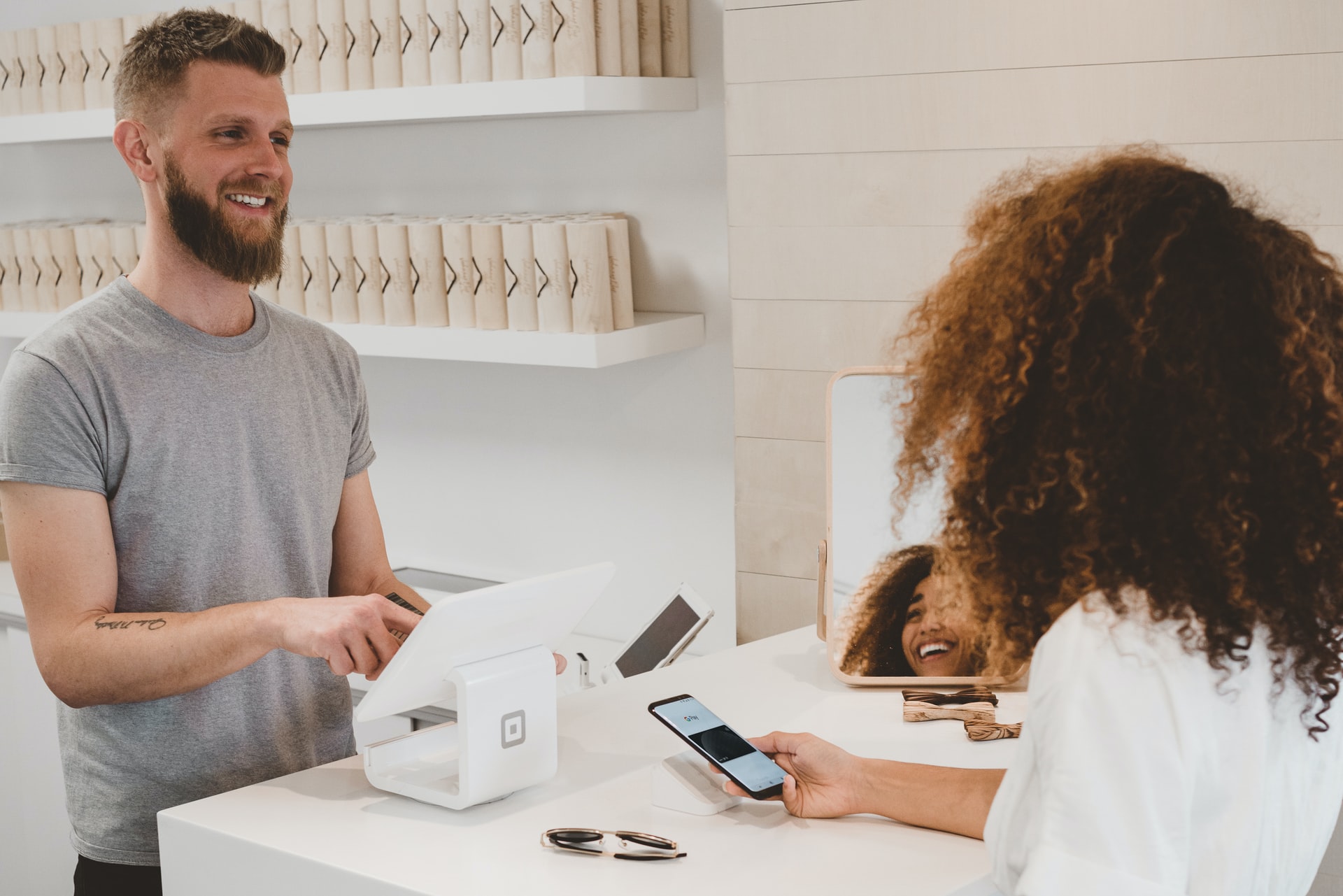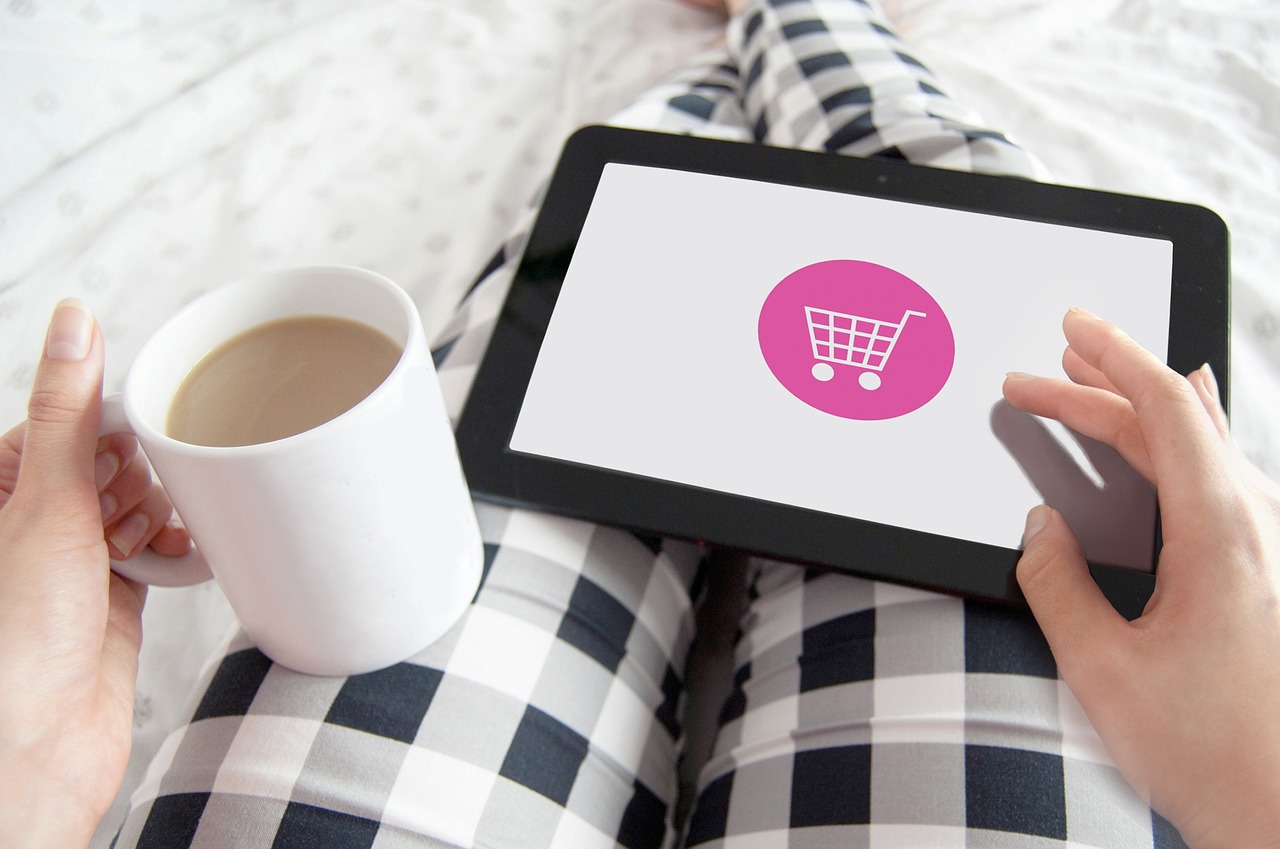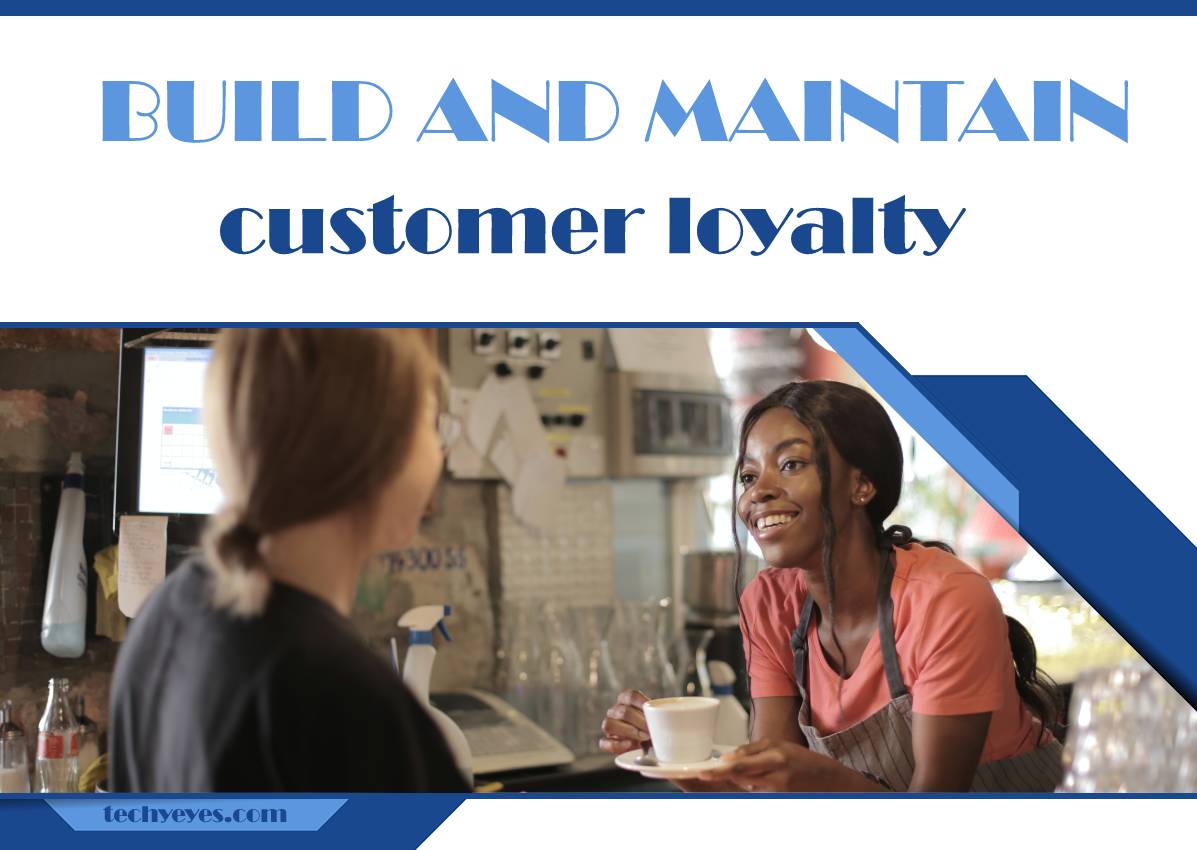Customer loyalty is a progressive relationship between a brand and a customer that inspires repeat purchases. It prompts customers to choose a company over others with similar offerings because of the positive experience associated with the brand and a feeling of connection to the brand’s values and deals.
Customer loyalty doesn’t happen overnight. It is the result of multiple positive encounters or interactions that build up genuine likeness and trust over time.
Conversely, repeat customers do not become disloyal simply because of one bad encounter with a brand. Typically, loyal customers can withstand a few negatives, but if they consistently have bad experiences, the strength of connection with their preferred brand will break down.
This is why you must strive to build customer loyalty and put in the effort to maintain your bond with loyal customers.

Repeat customers usually spend more money at stores (physical or eCommerce) than new clients because they already trust the business and its services or products. In fact, the amount they spend per visit typically increases with the duration of patronizing a brand.
Also, loyal customers yield higher conversion rates when visiting your site than new customers. With higher conversion rates, you’ll generate bigger profits and be able to make anticipatory decisions and effectively plan your marketing strategies and finances.
While it’s important to acquire new customers, companies should consider allocating more resources and effort to customer retainment because it is more cost-effective. Getting a new customer is over four times more costly than maintaining a relationship with a loyal one.
So, to improve your sales, reduce marketing costs, and keep your business thriving through economic difficulties, prioritize customer retention. This article will show you how to build customer loyalty.
Develop a Customer Loyalty Scheme

A customer loyalty scheme or program is a promotional and marketing tool designed to encourage customers to develop a positive connection with your brand. It entails rewarding clients who repeatedly interact with your business. In a loyalty program, you can offer benefits or points which customers can redeem for free products or discounts.
You can run a tiered loyalty scheme where members (customers) get various benefits depending on their ranks. Typically, membership is ranked based on metrics like sales or engagement.
So, the higher a customer’s rank, the more exclusive and bigger their reward. You can also create a paid loyalty program where customers get instant and ongoing benefits for a participation fee. It can be a one-time fee or a recurring one.
Another loyalty scheme to consider is a value-based program that allows you to connect with customers on a deeper level. It entails donating a percentage of purchases to welfare programs or charity. You can select a charity that aligns with the values of your typical customers or offer multiple options of various charities customers can choose from.
Although you’ll be giving away items or perks when running a customer loyalty program, you will enjoy huge benefits. There will be more customer referrals because people will likely tell their family and friends about the loyalty rewards they’re getting. This will increase your sales and boost customer retention since people will stick longer when they value your customer loyalty program. Ultimately, a successful loyalty program can turn your regular customers into brand advocates.
Get Personal With Your Customers

To develop customer loyalty, you should know your customers and let them know you. According to Fast Simon, an eCommerce merchandising platform for merchants, ”Knowing your customers; who they are, what they want, and what makes them buy helps you create a personalized, targeted experience.”
For many customers, the quality of their relationship with you is more valuable than the product they get, so they’ll continue choosing your brand over others. And for you, the relationship you build with customers is the competitive advantage that allows you to edge out other companies selling similar products or services to yours.
Consider learning customers’ names, stories, and buying habits. You can send out personalized birthday messages to them with special deals and other emails that would specifically appeal to them.
If there’s any information or update about your business, your customers should be the first to know before the news gets to the press. Sharing such information will encourage customers to trust your brand and develop an emotional connection to it. You can let your customers know even if your business is going through difficult times. Admitting this and other details about your business will allow customers to see the humanity of your brand and develop a stronger connection with it.

